Oxford University Mathematician REACTS to "Animation vs. Math"
TLDRIn this video, Dr. Tom Crawford from the University of Oxford reacts for the first time to the acclaimed 'Animation vs. Math' by Alan Becker. He provides insightful commentary on the mathematical concepts presented, such as Euler's identity, complex numbers, power series, and the gamma function, all woven into a visually stunning animation. Dr. Crawford's enthusiasm and appreciation for the blend of math and art are evident as he engages with each mathematical revelation, ultimately subscribing to Becker's channel and recommending the video to his audience.
Takeaways
- 🎓 Dr. Tom Crawford from the University of Oxford reacts for the first time to the YouTube sensation 'Animation vs. Math' by Alan Becker.
- 🎨 The video combines mathematics with animation, creating a visually engaging and educational experience for viewers.
- 🤯 The animation begins with basic arithmetic operations and quickly progresses to more complex mathematical concepts.
- 🌀 The video introduces the concept of infinity and the character 'Infinity' in a playful manner.
- 📈 Euler's identity (e^(iπ) + 1 = 0) is showcased, and Dr. Crawford appreciates the creative representation of this mathematical beauty.
- 🔢 The video explores various mathematical topics such as complex numbers, powers, roots, and the unit circle.
- 🥂 The use of mathematical functions like sine, cosine, and exponential functions are depicted through dynamic animations.
- 🌀 The concept of dimensionality is explored, with the character firing 'infinity' shots that seemingly add dimensions.
- 📊 The video concludes with the introduction of advanced mathematical functions like the gamma function and the Riemann zeta function.
- 👍 Dr. Crawford highly praises the video for its creativity, educational value, and the way it presents the beauty of mathematics.
- 📌 The video serves as an example of the power of YouTube to showcase innovative and engaging content that can popularize complex subjects like mathematics.
Q & A
Who is the speaker in the transcript and where is he from?
-The speaker in the transcript is Dr. Tom Crawford, who is from the University of Oxford.
What is the main topic of the video that Dr. Crawford is reacting to?
-The main topic of the video is the mathematical concepts animated by Alan Becker, which has gained popularity on YouTube.
What is Euler's identity mentioned in the transcript and how does Dr. Crawford feel about it?
-Euler's identity is expressed as e^(iπ) + 1 = 0. Dr. Crawford appreciates its inclusion in the video and mentions having a tattoo related to it.
What does Dr. Crawford think about the complexity of the math introduced in the video?
-Dr. Crawford is impressed by the complexity of the math introduced in the video, especially within the first two and a half minutes, and he expresses concern about how advanced the content might get.
How does the video incorporate complex numbers?
-The video incorporates complex numbers through the introduction of Euler's identity, the square root of -1 (i), and the use of complex plane representations.
What is the significance of the stick man character in the video?
-The stick man character in the video represents the journey through mathematical concepts, evolving from simple arithmetic to advanced topics like complex numbers and power series.
What is the role of the exponential function in the video?
-The exponential function, represented by e^x, plays a central role in the video, with various mathematical concepts such as Euler's formula and power series revolving around it.
How does the video use visual elements to enhance the understanding of math?
-The video uses visual elements like animations, colors, and geometric shapes to represent abstract mathematical concepts, making them more accessible and engaging for the viewer.
What is the significance of the gamma function introduced towards the end of the video?
-The gamma function is introduced as an extension of the factorial function to non-integer values, showcasing the video's depth in covering advanced mathematical concepts.
How does Dr. Crawford feel about the video overall?
-Dr. Crawford is highly impressed and entertained by the video, calling it a masterpiece of mathematics, art, and animation, and he subscribes to Alan Becker's channel as a result.
Outlines
🎥 Dr. Tom Crawford's First Reaction to 'Animation vs. Math'
Dr. Tom Crawford, a mathematician at the University of Oxford, embarks on his first reaction video, expressing excitement and curiosity about 'Animation vs. Math' by Alan Becker, a piece highly discussed in the mathematics community. He shares his real-time reactions, starting from simple arithmetic and scaling to more complex mathematical concepts, showing his amusement and appreciation for the creative and accurate representation of mathematical principles within the animation.
🔢 Exploring Advanced Mathematics in Animation
In this segment, Dr. Crawford delves deeper into the mathematical concepts presented in the animation, from basic arithmetic to Euler's identity and complex numbers. He appreciates the clever use of mathematical identities and the way these concepts are animated, particularly noting the transition from simple operations to more complex mathematical functions like Euler's formula and its implications on the visual representation in the animation.
🤔 Mathematical Intricacies and Power Series
Dr. Crawford observes the animation's shift towards more sophisticated mathematics, like the power series representation of exponential functions and their graphical transformations in battle scenes. He comments on the accuracy and creativity of representing complex mathematical concepts visually, showing genuine intrigue and excitement as he unravels the layers of mathematical depth portrayed in the animation.
🧠 Deep Dive into Mathematical Functions and Identities
This paragraph showcases Dr. Crawford's reaction to the evolving complexity of mathematical functions and identities in the animation, such as the exponential form of sine and cosine, and the addition of higher-dimensional concepts. He is impressed by the seamless integration of advanced mathematical concepts like logarithms and dimensional expansion, conveying both entertainment and admiration for the detailed and accurate mathematical narrative.
🌌 Mathematical Dimensions and the Gamma Function
Dr. Crawford reflects on the final moments of the animation, where it introduces high-level mathematical concepts like the gamma function and potential references to the zeta function. He expresses satisfaction with how these concepts are woven into the narrative, showcasing a blend of mathematics and animation that both educates and entertains, concluding with a sense of admiration for the creator's ability to present mathematics in a visually engaging manner.
👏 Conclusion and Praise for 'Animation vs. Math'
In the closing remarks, Dr. Crawford expresses overwhelming joy and satisfaction with the 'Animation vs. Math' video, highlighting its blend of artistic and mathematical genius. He commends Alan Becker for creating an animation that so effectively captures the beauty of mathematics, indicating his eagerness to explore more from the creator. His reaction concludes with a note of encouragement for his viewers to continue enjoying and exploring mathematics.
Mindmap
Keywords
💡Reaction Video
💡Mathematics Community
💡Euler's Identity
💡Complex Numbers
💡Power Series
💡Exponential Function
💡Unit Circle
💡Gamma Function
💡Zeta Function
💡Animation
💡Mathematical Mastery
Highlights
Dr. Tom Crawford's first reaction video to 'Animation vs. Math' by Alan Becker.
Dr. Crawford's excitement about the video, calling it a 'masterpiece'.
The video sparks discussions in the math community and on YouTube.
Orange stick man character and the humor in the video.
Introduction of basic math concepts like addition and subtraction.
Progression to more complex math with the introduction of Euler's identity.
Dr. Crawford's appreciation for the clever use of complex numbers in the animation.
The video's creative way of teaching math through animation and playfulness.
Explanation of Euler's formula and its significance in the video.
Inclusion of power series and their role in defining the exponential function.
The video's transition from 2D to 3D and the use of complex numbers.
Dr. Crawford's commentary on the use of the gamma function in the video.
The video's innovative approach to showcasing mathematical concepts.
The video's conclusion with a focus on unity and friendship.
Dr. Crawford's decision to subscribe to Alan Becker's channel after watching the video.
The overall impact of the video in promoting interest in mathematics.
Transcripts
Browse More Related Video
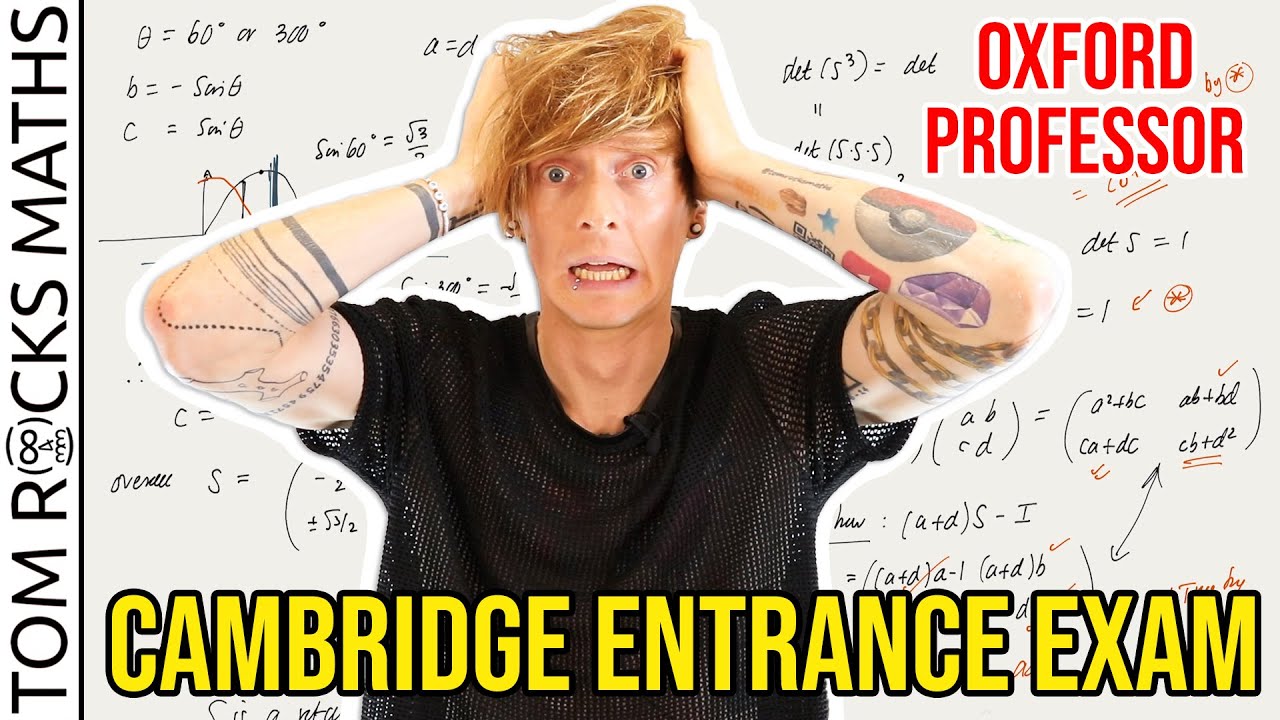
Oxford University Mathematician takes Cambridge Entrance Exam (STEP Paper) PART 1
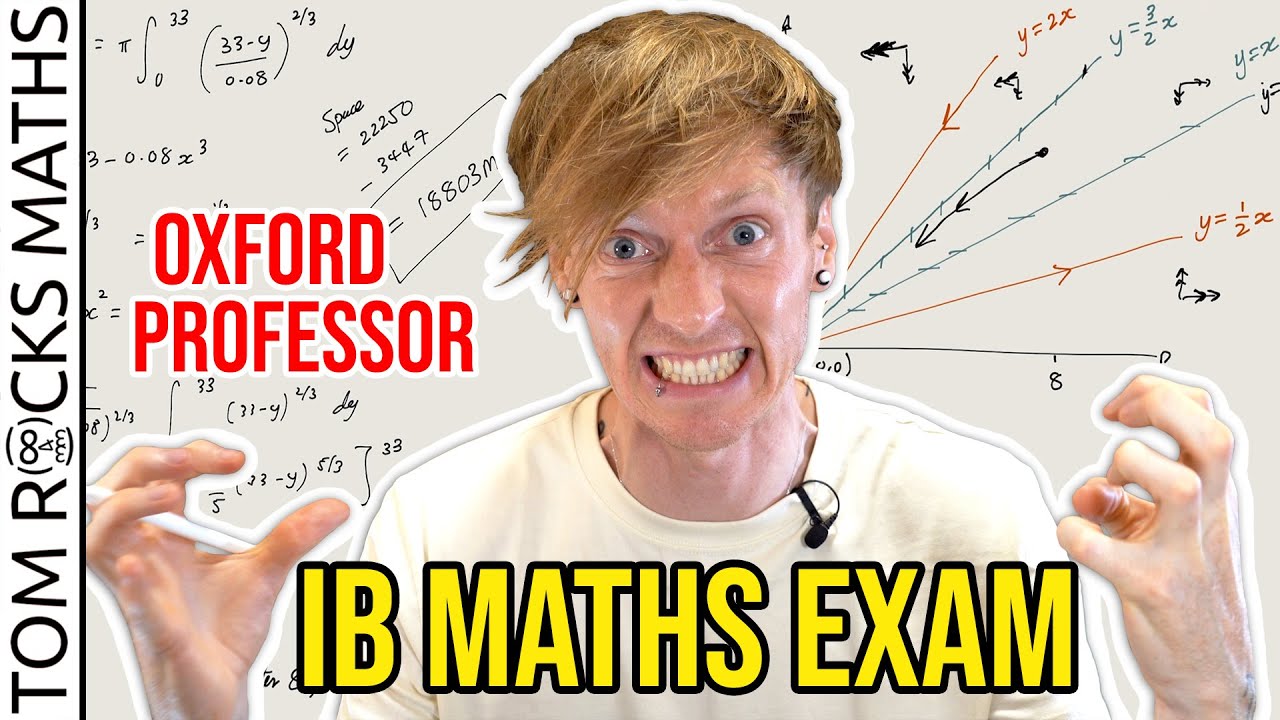
Oxford University Mathematician takes High School IB Maths Exam
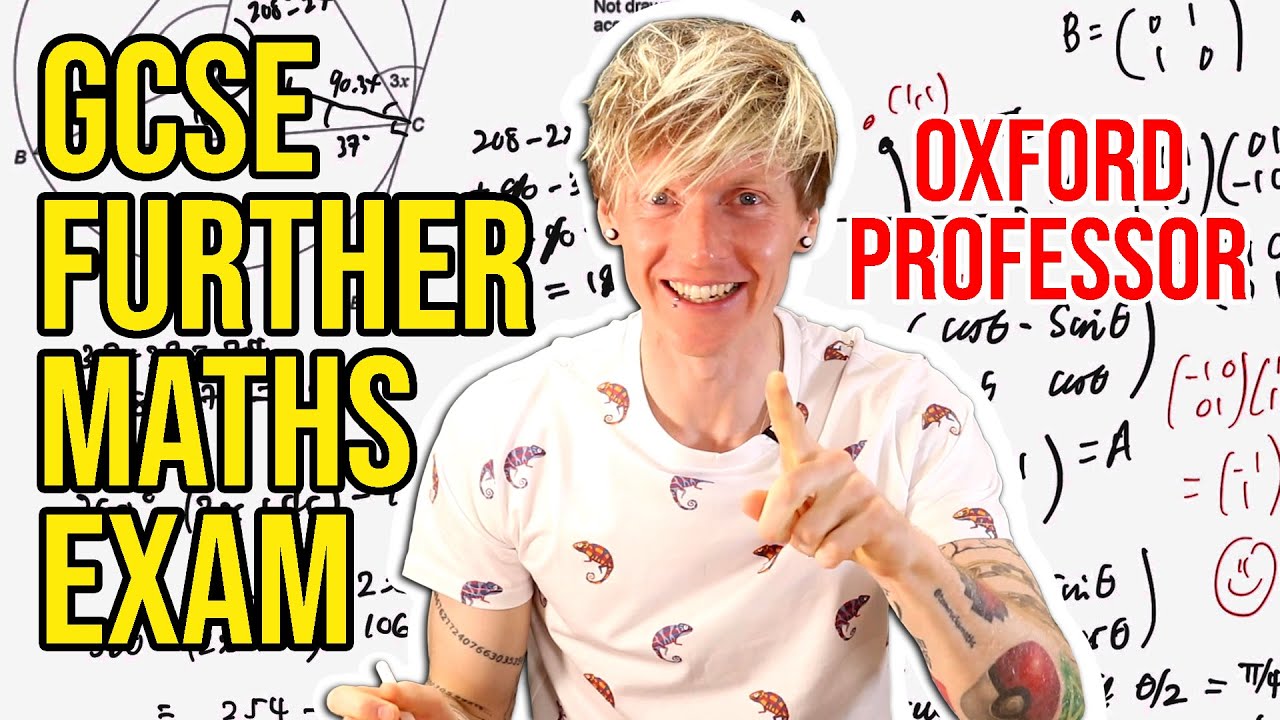
Oxford University Mathematician takes High School GCSE Further Maths Exam
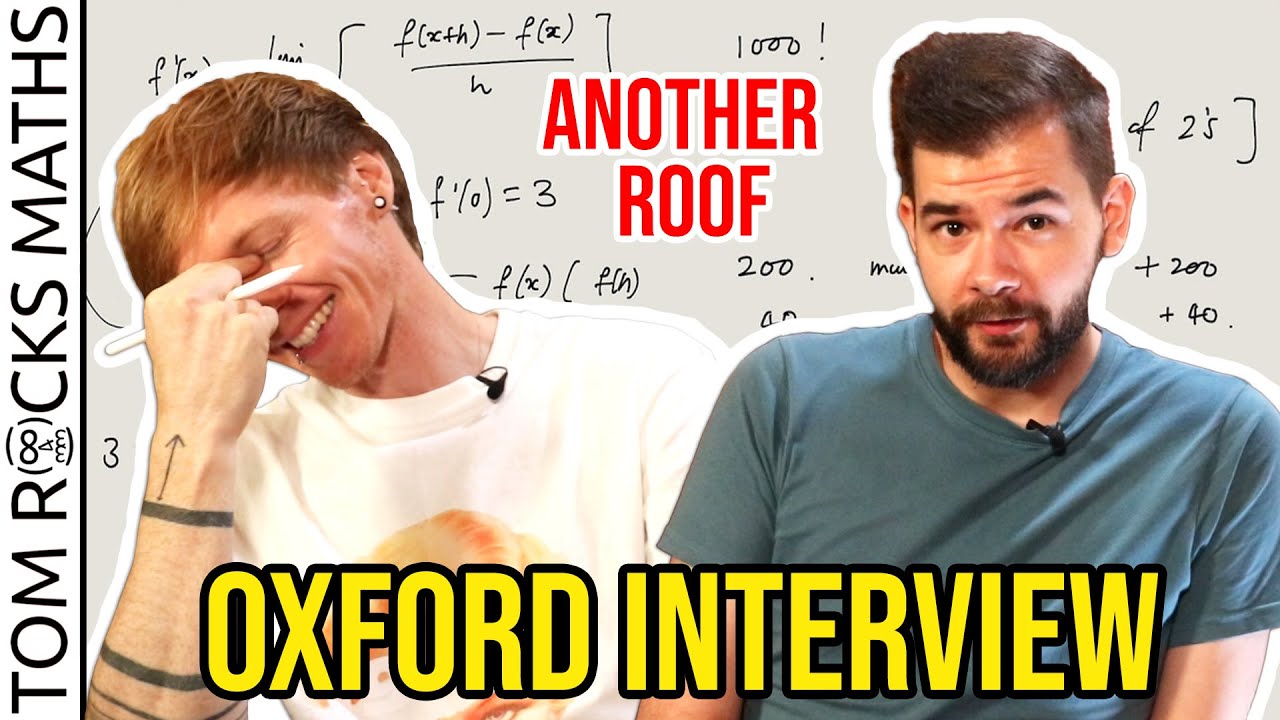
Oxford University Mathematician takes Admissions Interview (with @AnotherRoof)
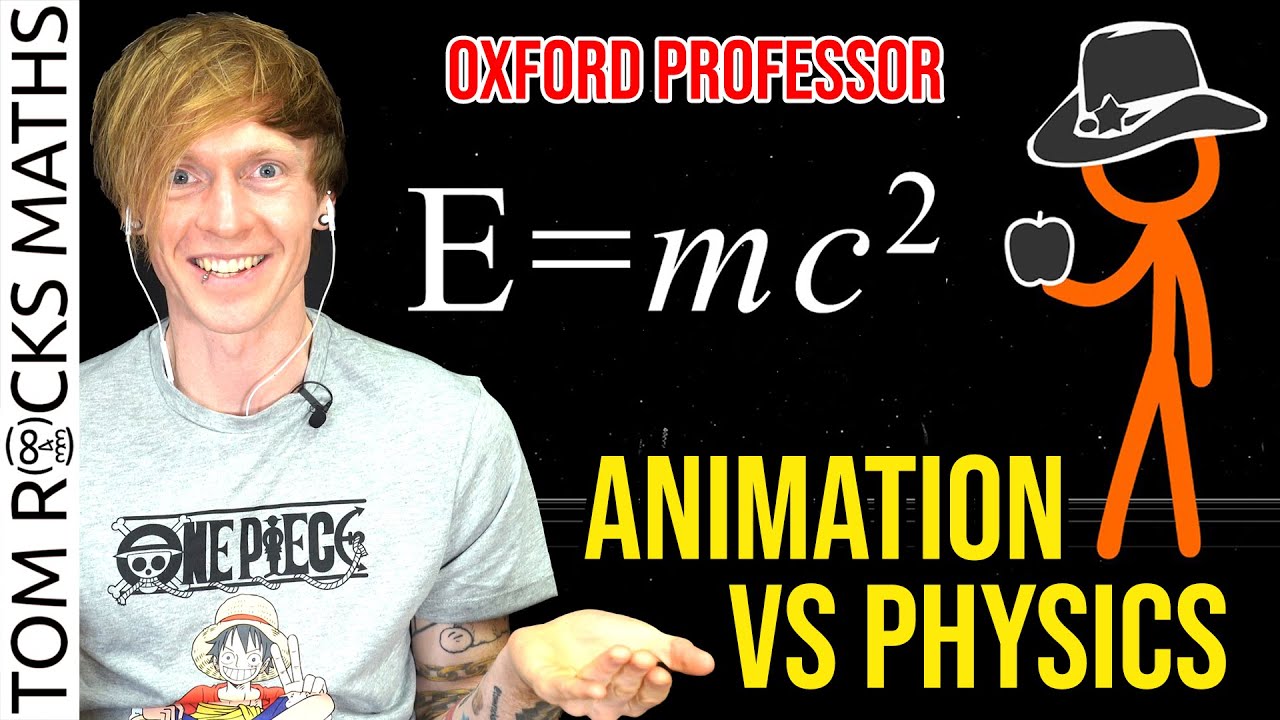
Oxford University Mathematician REACTS to "Animation vs. Physics"

How Hard is an Oxford Maths Interview? Feat. Tom Rocks Maths
5.0 / 5 (0 votes)
Thanks for rating: